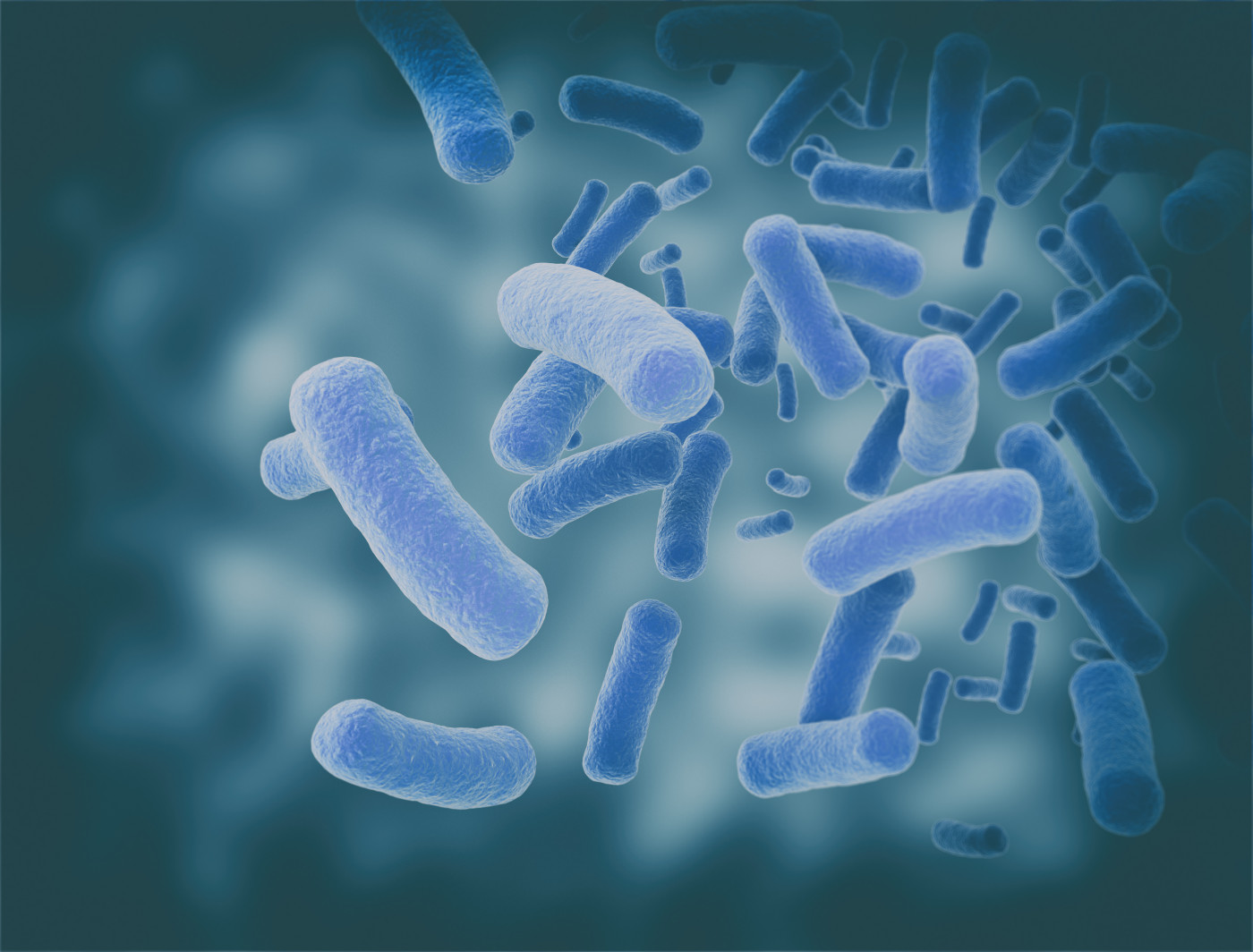Bacteria in Mouth May Trigger Inflammation Damaging to Salivary Glands
Written by |

Alterations in salivary glands that cause immune cell infiltration in Sjӧgren’s syndrome patients may be triggered by changes in the mouth’s bacterial composition, findings from a recent study suggest.
While many bacterial changes were evident, one particular bacterial species was enough to initiate an inflammatory cascade that contributed in damaging the salivary glands, the researchers found.
Their study, “Dysbiotic oral microbiota and infected salivary glands in Sjögren’s syndrome,” was published in the journal PLOS ONE.
Sjögren’s is an autoimmune condition where the immune system attacks and damages secreting glands, leading to symptoms of dryness, most commonly in the eyes and mouth.
To some extent, immune cells seem to become activated and enter glands in Sjögren’s patients due to changes in the epithelial cells that line the glands, which start producing inflammatory molecules. Despite their role in initiating an inflammatory process, however, little is known about what triggers such epithelial alterations.
A team of researchers in the U.S. and Korea investigated whether changes in the oral microbiome — the collection of microorganisms in the mouth, which is unusual in many autoimmune conditions — could be a trigger of epithelial changes in Sjögren’s.
They examined oral samples from a group of 25 people with primary Sjögren’s syndrome, and 25 healthy people (control group).
Because not all Sjögren’s patients experience oral dryness, researchers compared only people (within these group) with matching oral symptoms to account for dryness-related changes in oral microbiota. In total, 17 patients and 11 controls had dryness symptoms.
Bacteria diversity was significantly different between patients and controls in both dryness and non-dryness conditions, results showed. In fact, several bacterial species could discriminate patients from controls under both conditions, but only three — Prevotella melaninogenica, Veillonella rogosae, and Eikenella corrodens — significantly discriminated patients regardless of dryness symptoms.
To understand how Sjögren’s-associated bacteria affected disease development, the team selected the top 30 more abundant species that contained aquaporins, or water channels, similar to aquaporins in humans. The reasoning for this selection is that patients often have antibodies that wrongly target these water channels, and their presence in bacteria could be driving an autoimmune response.
The team cultured these bacteria with human epithelial cells from glands in the lab. They found that P. melaninogenica entered the epithelial cells, which was enough to make them produce molecules that would attract and activate immune cells in the context of disease.
In the presence of interferon gamma (IFN-gamma) — an inflammatory molecule belonging to a signaling pathway that is overactive in Sjögren’s patients — the amount of harmful molecules produced by epithelial cells rose further.
Researchers then examined if these bacteria were infiltrating the salivary ducts to reach the salivary glands. They found that patients with immune cell infiltration and inflammation had extensive bacterial infiltration, a feature not seen in patients with similar immune cell infiltration but without inflammation.
This was true for both P. melaninogenica and for global measures of bacteria.
Together, the findings suggest that certain bacterial species are more abundant in the mouths of Sjögren’s syndrome patients, and can travel through the salivary ducts into the glands, where they affect the normal function of epithelial cells.
An imbalance in “oral microbiota may initiate the deregulation of [salivary gland epithelial cells] and the IFN signature through bacterial invasion into ductal cells,” the researchers wrote.
“In addition, bacterial infection of salivary glands may contribute to the perpetuation of inflammation and [immune cell infiltration] in SS [Sjögren’s syndrome]. These findings may provide new insights into the etiopathogenesis of SS,” they added.





